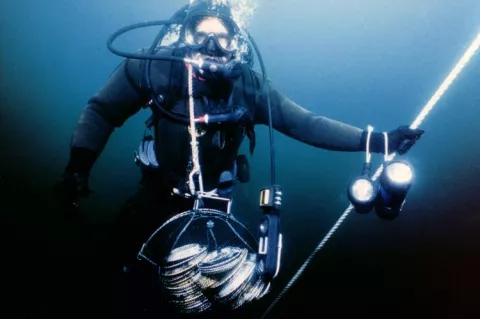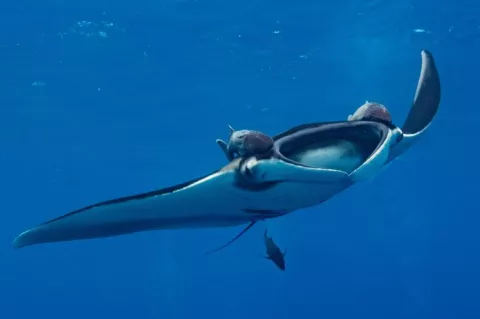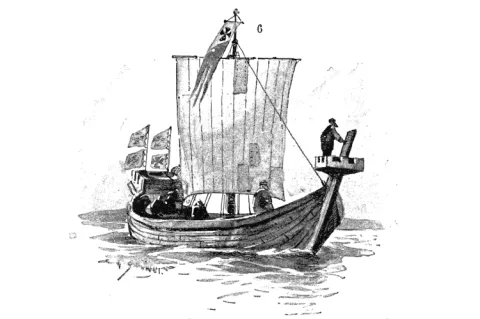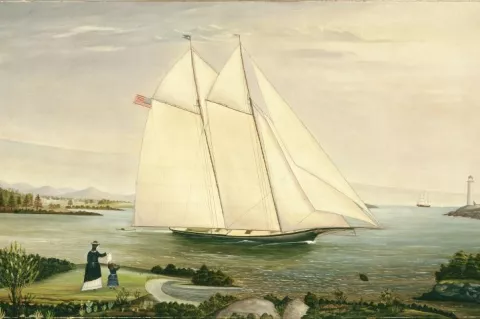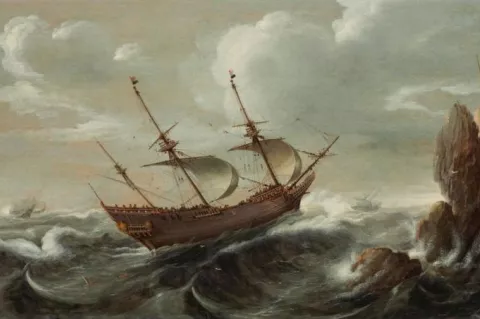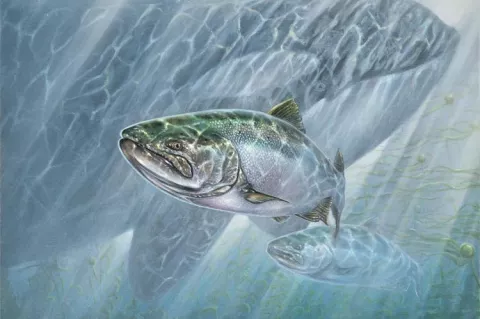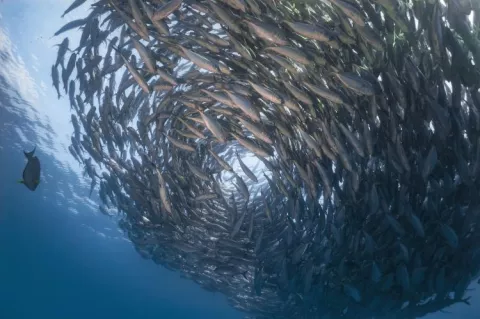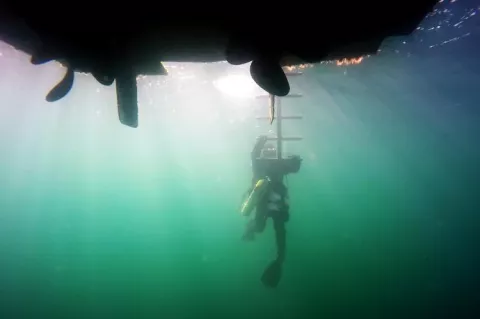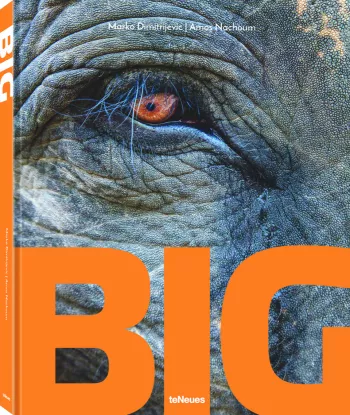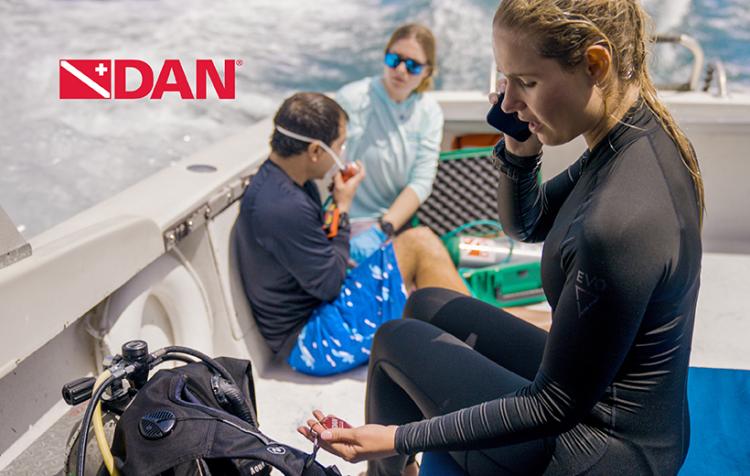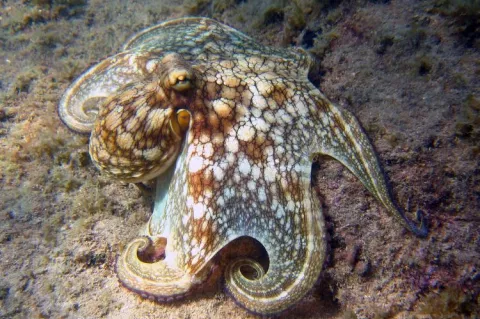Interview with John Moyer: Deep Diver of the Andrea Doria Wreck
Legendary American explorer John Moyer has dived many wrecks along the North American eastern seaboard. But his name is synonymous with the Andrea Doria wreck, on which he made over 120 dives in the '80s and ‘90s, salvaging artifacts, and conducted in-depth research. In this interview by Andrea Murdock Alpini, we gain insight into his life and deep relationship with the Andrea Doria.

